Unearthing a Prehistoric Mystery
In the vast deserts of Mongolia, where winds sweep across endless dunes and time feels suspended, paleontologists have made a discovery that bridges the ancient world with the modern skies. Fossilized remains of a previously unknown bird-like dinosaur have been uncovered from the Upper Cretaceous deposits, revealing new insights into the evolutionary story of dinosaurs and their close relationship with birds.
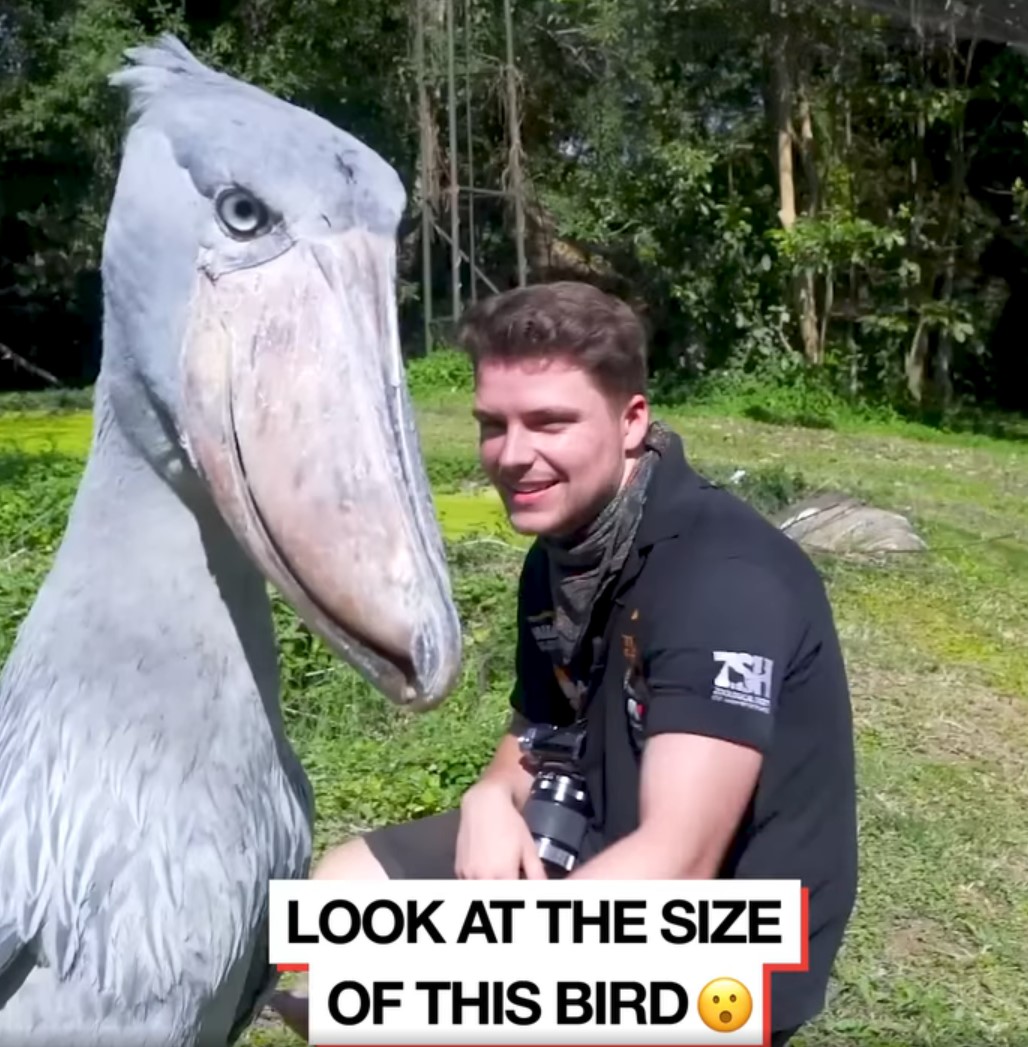
The discovery highlights Mongolia’s reputation as one of the world’s richest fossil beds, a treasure trove that has yielded spectacular finds since the early 20th century. From the famous Velociraptor to the Protoceratops, many of the most iconic dinosaurs were first uncovered here. But this new fossil, with its delicate skeletal features resembling those of birds, tells a particularly fascinating story.
The Fossil That Changed the Narrative
The fossil remains were found remarkably well-preserved, offering a nearly complete skeleton. Its slender frame, elongated limbs, and lightweight bones are reminiscent of modern birds, suggesting that this dinosaur may have been capable of swift movement, if not short bursts of gliding.
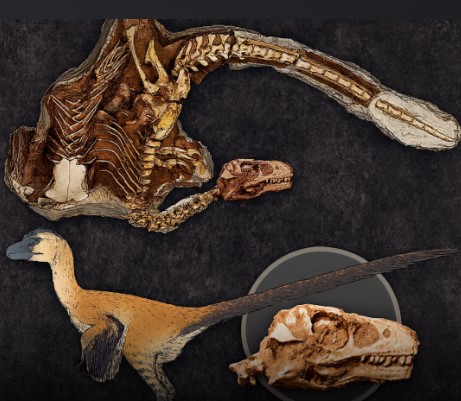
Unlike the massive dinosaurs that dominated prehistoric imaginations, this creature was relatively small—closer in size to a large crow or turkey. Its skeletal structure reveals a long tail, sharp claws, and a beak-like snout, combining traits of both reptiles and birds.
Paleontologists note that its wishbone-like feature (furcula), hollow bones, and flexible joints suggest evolutionary adaptations for agility. While there is no direct evidence of feathers preserved in this particular specimen, the anatomical similarities strongly indicate that it could have been feathered, much like its close relatives in the dinosaur-bird lineage.
The Upper Cretaceous World of Mongolia
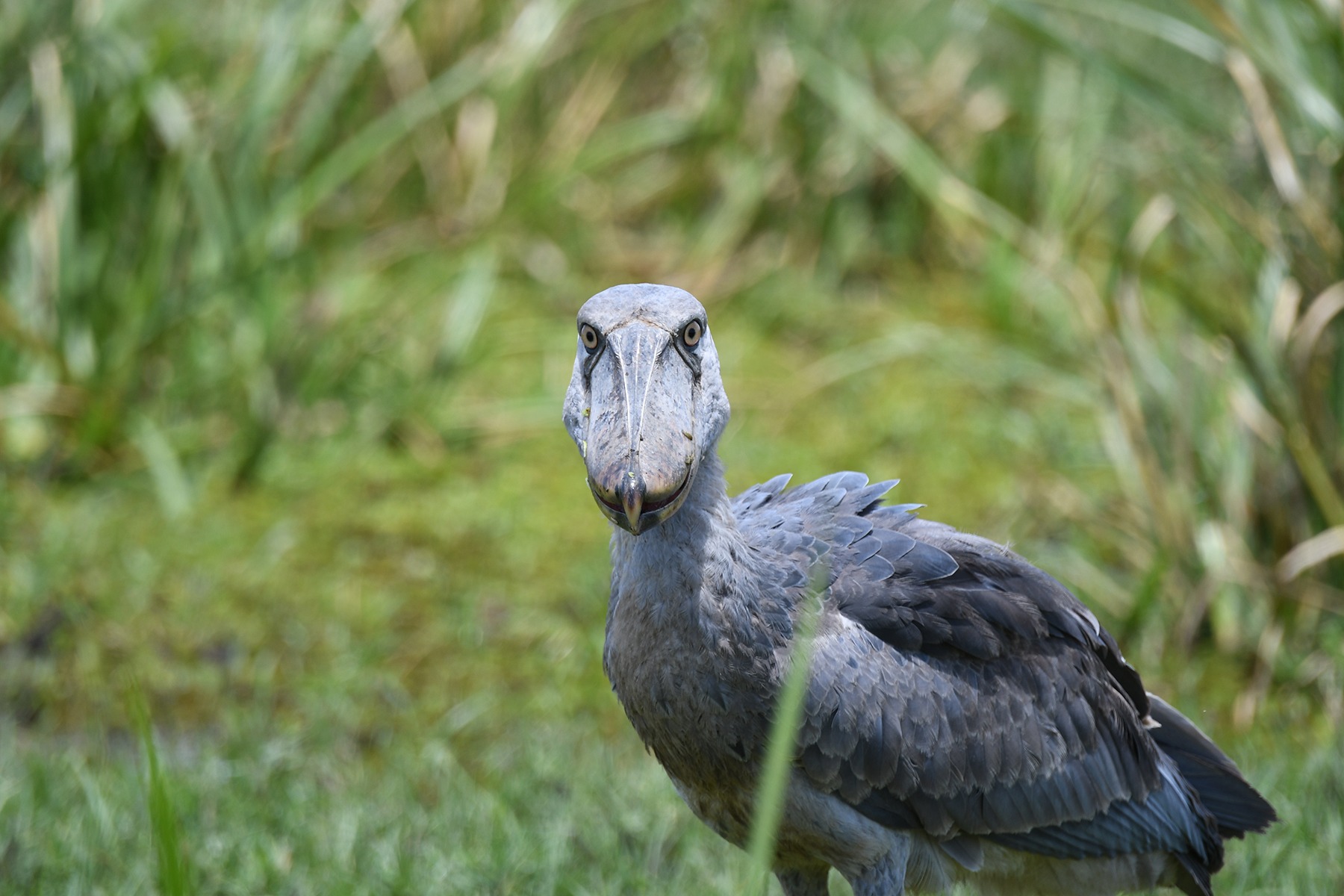
To fully appreciate the significance of this discovery, it is important to understand the environment of the Upper Cretaceous period, which lasted from about 100 to 66 million years ago.
During this era, Mongolia was not the arid desert it is today. Instead, it hosted a more diverse ecosystem with river valleys, forests, and open plains. These habitats supported a wide variety of dinosaurs, including both massive plant-eaters and nimble predators.
The new bird-like dinosaur would have lived alongside Velociraptor mongoliensis, one of the most famous small predators of the Cretaceous. It likely hunted insects, small vertebrates, and perhaps scavenged, using its agility and speed to survive in a world where larger predators roamed.
Evolutionary Significance: Bridging Dinosaurs and Birds
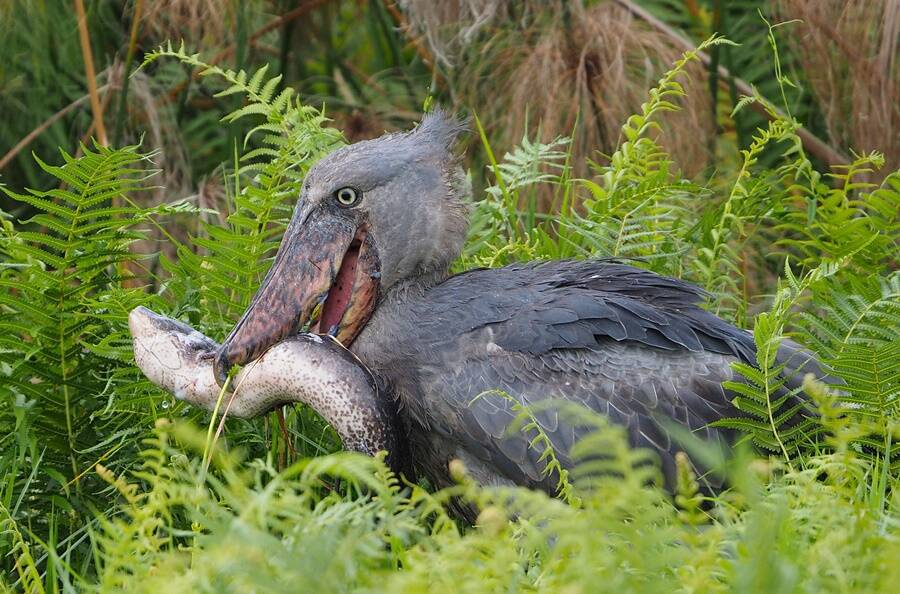
The discovery adds to the growing body of evidence that birds are direct descendants of theropod dinosaurs. Traits such as lightweight skeletons, wishbones, and potential feather structures reinforce this evolutionary link.
For decades, scientists debated whether birds and dinosaurs were related. Early theories suggested they were separate lineages. However, with discoveries like this one from Mongolia, the evidence overwhelmingly shows that modern birds are living dinosaurs, having evolved from small theropods that adapted to flight.
This fossil helps fill an important evolutionary gap by showcasing how bird-like features developed in non-avian dinosaurs before flight became fully established. It demonstrates that many characteristics we associate with birds—hollow bones, rapid metabolism, and advanced balance—were already present in their dinosaur ancestors.
Mongolia: A Land of Dinosaur Treasures

Mongolia’s Gobi Desert has long been a hotspot for paleontological discoveries. Expeditions in the 1920s, led by the American Museum of Natural History, uncovered some of the first dinosaur eggs ever found. Since then, Mongolian and international teams have continued to unearth groundbreaking fossils.
Notable discoveries include:
-
Velociraptor: Made famous by popular culture, though much smaller in reality than its movie counterpart.
-
Protoceratops: A sheep-sized herbivore often depicted in dramatic fossilized combat with Velociraptors.
-
Oviraptor: Once thought to be an “egg thief” but later revealed to be a caring parent that brooded over its nest.
This new bird-like dinosaur adds another jewel to Mongolia’s fossil legacy, emphasizing how much remains to be learned about prehistoric ecosystems.
What This Discovery Tells Us About Behavior
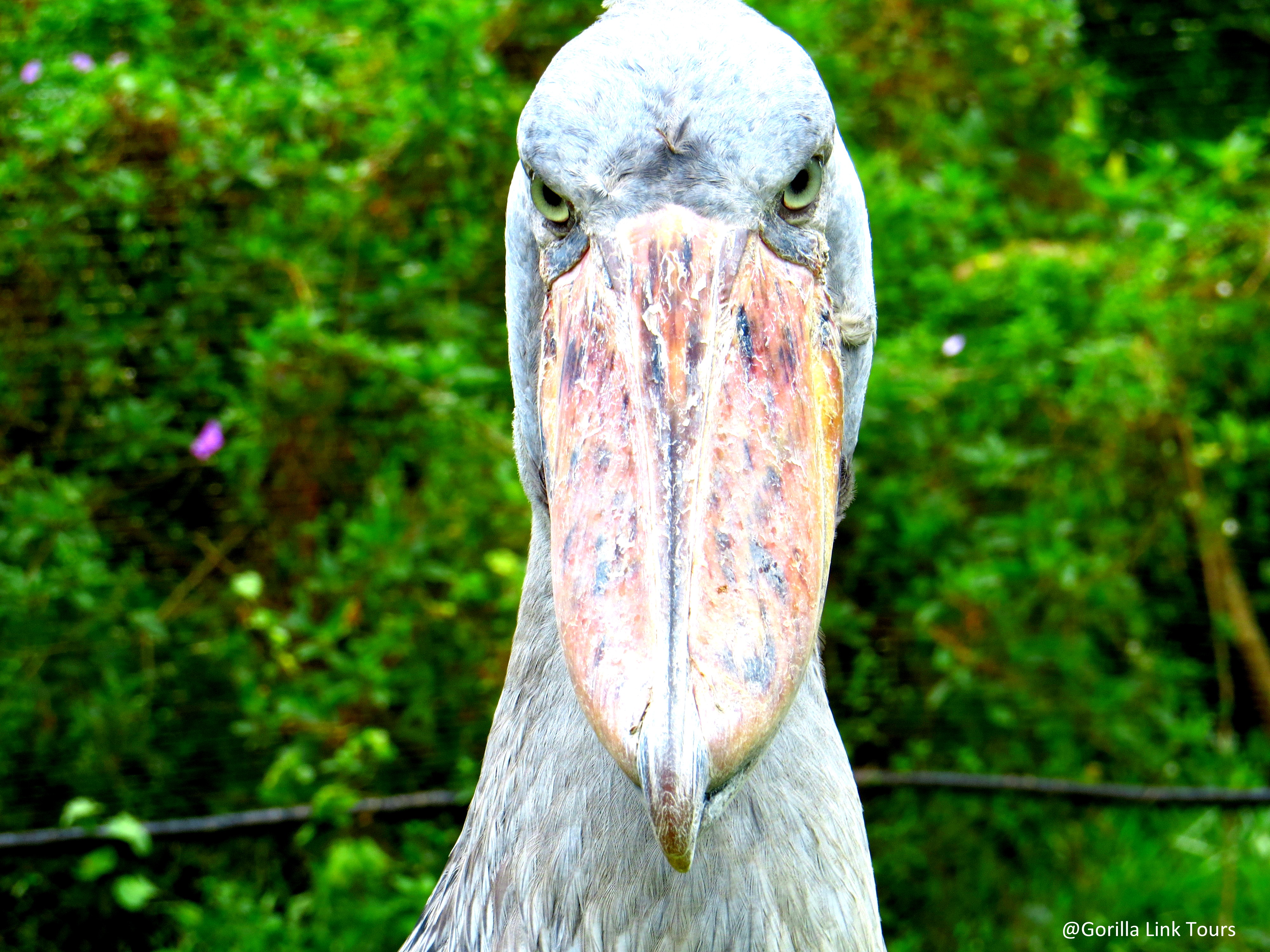
Though fossils cannot tell us everything, paleontologists carefully analyze skeletal structures to infer behavior. Based on its anatomy, scientists believe this dinosaur was light, agile, and possibly omnivorous.
Its sharp teeth suggest it could catch small prey, while its nimble frame indicates it may have been an adept runner. Some researchers speculate it could have used feathers, if present, not only for insulation but also for display during courtship or territorial behaviors—traits observed in many bird species today.
Technology Enhancing Paleontology

Modern paleontology is not just about digging in the dirt—it is also about applying advanced technology. Researchers are using CT scans, 3D modeling, and biomechanical simulations to study fossils in greater detail than ever before.
By digitally reconstructing this dinosaur’s skeleton, scientists can estimate how it moved, how fast it could run, and how its body compared to both dinosaurs and early birds. These tools allow for reconstructions that are more accurate than traditional methods, helping us visualize what this animal may have looked like in life.
Why This Discovery Matters Today
While this dinosaur lived more than 70 million years ago, its discovery has profound implications for understanding life on Earth today. It highlights the continuity of evolution, showing how small adaptations over millions of years can lead to entirely new forms of life.
Birds, which now number over 10,000 species worldwide, are direct descendants of dinosaurs like this one. Every sparrow, eagle, and penguin carries traits inherited from their ancient relatives. By studying fossils like this bird-like dinosaur, scientists can trace the origins of flight, diversity, and survival strategies that shape life even now.
Moreover, discoveries like this capture the imagination of the public, inspiring future scientists and reinforcing the importance of preserving fossil sites. Mongolia’s Gobi Desert, while remote, faces challenges from illegal fossil trade. Scientific institutions emphasize the need for protection and collaboration to ensure that fossils are studied responsibly and shared with the world.
The Endless Story of Evolution

The unearthing of this bird-like dinosaur is more than just a single discovery—it is another chapter in the grand narrative of life. Each fossil reminds us that Earth’s history is written not in words but in stone, waiting patiently for millions of years to be uncovered.
From the deserts of Mongolia to the museums of the world, these fossils tell us where we came from, and perhaps, where we are going. Evolution is not a finished story; it is an ongoing process, and we are part of it.
Conclusion: A Window Into the Past
The discovery of this new bird-like dinosaur from the Upper Cretaceous of Mongolia represents a significant moment in paleontology. It confirms the evolutionary link between dinosaurs and birds, enriches our understanding of prehistoric ecosystems, and adds to Mongolia’s already legendary fossil record.
Every fossil find reminds us that the Earth still holds secrets beneath its surface, waiting for patient hands and curious minds to reveal them. This bird-like dinosaur, frozen in time for millions of years, now takes flight in our imagination, reminding us that the line between dinosaurs and birds is not one of extinction, but of transformation.
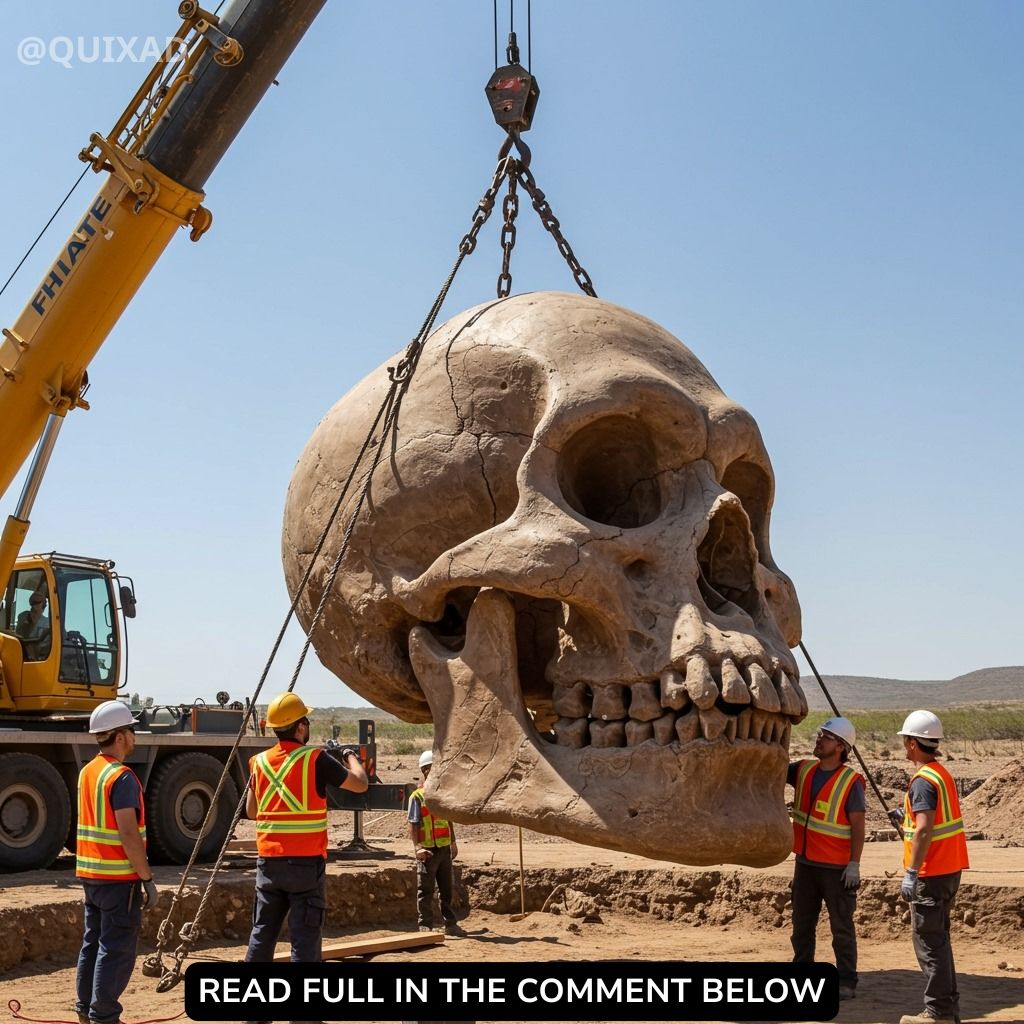
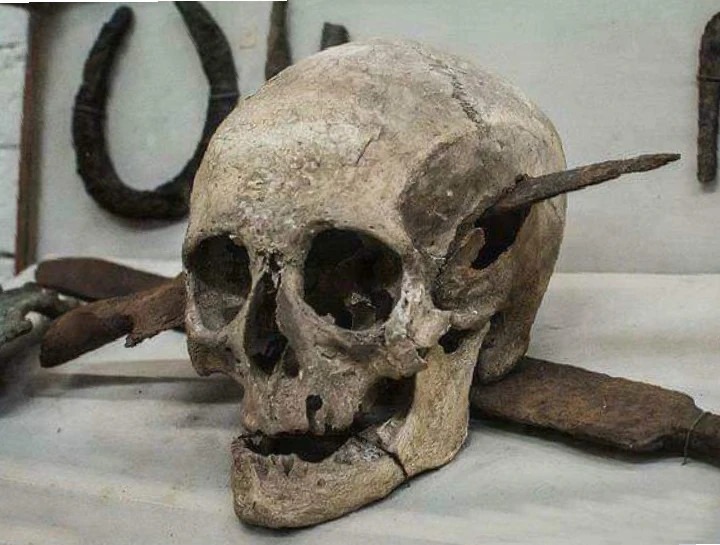
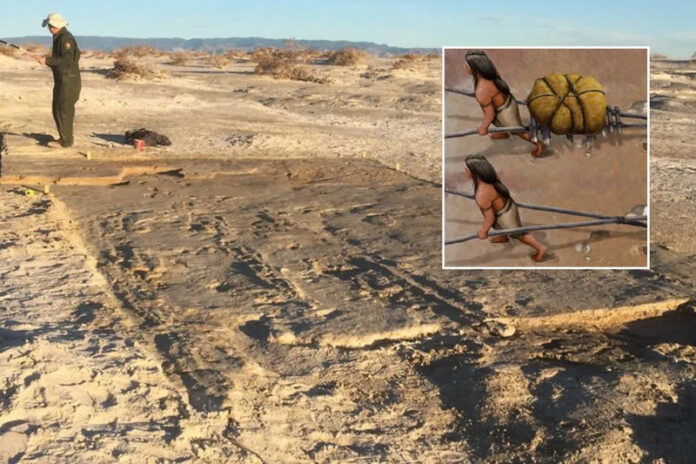
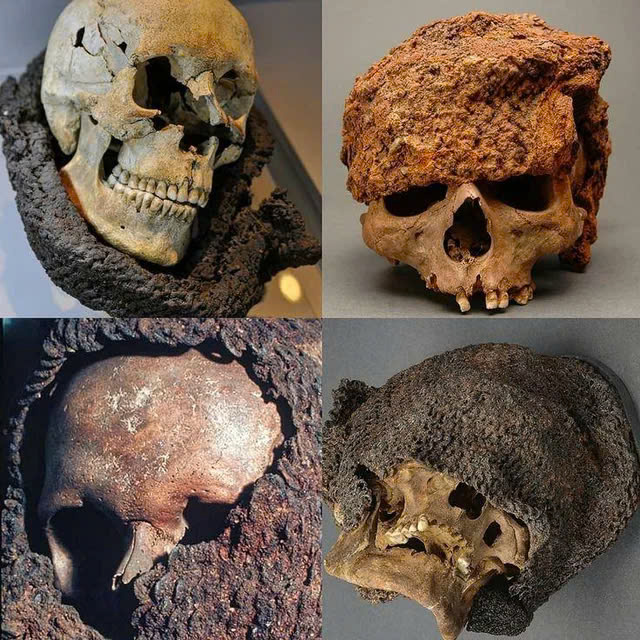
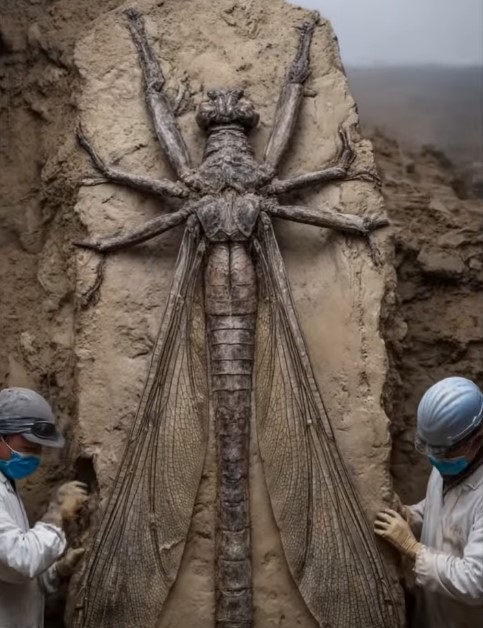
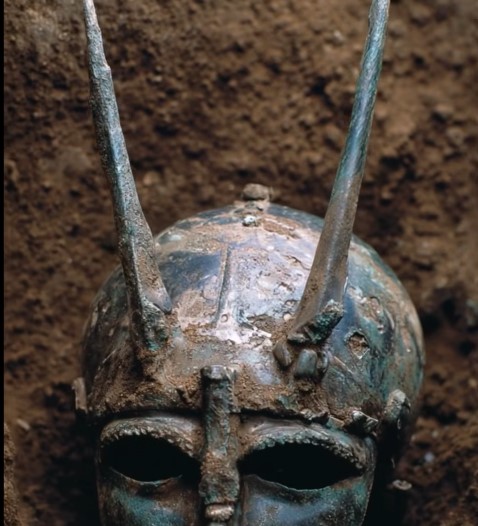
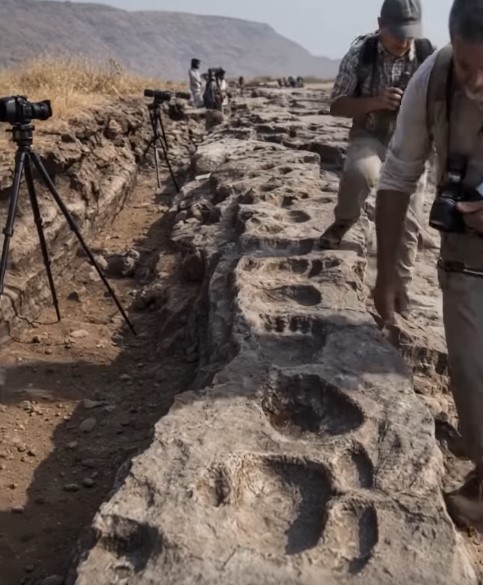
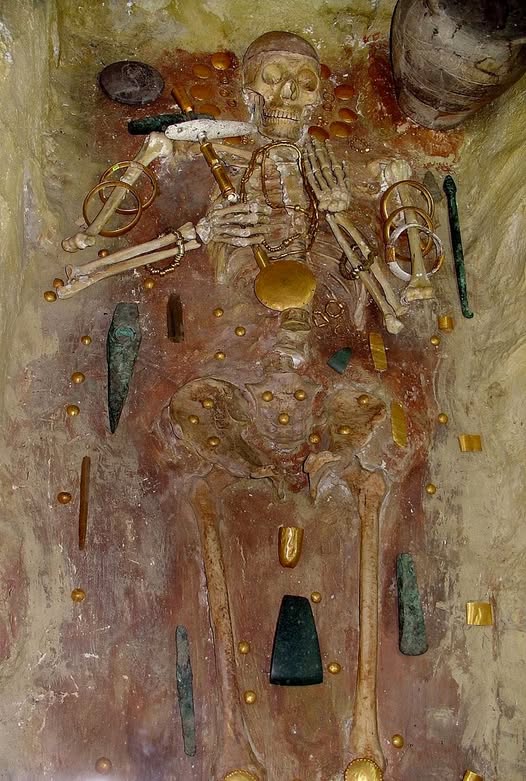


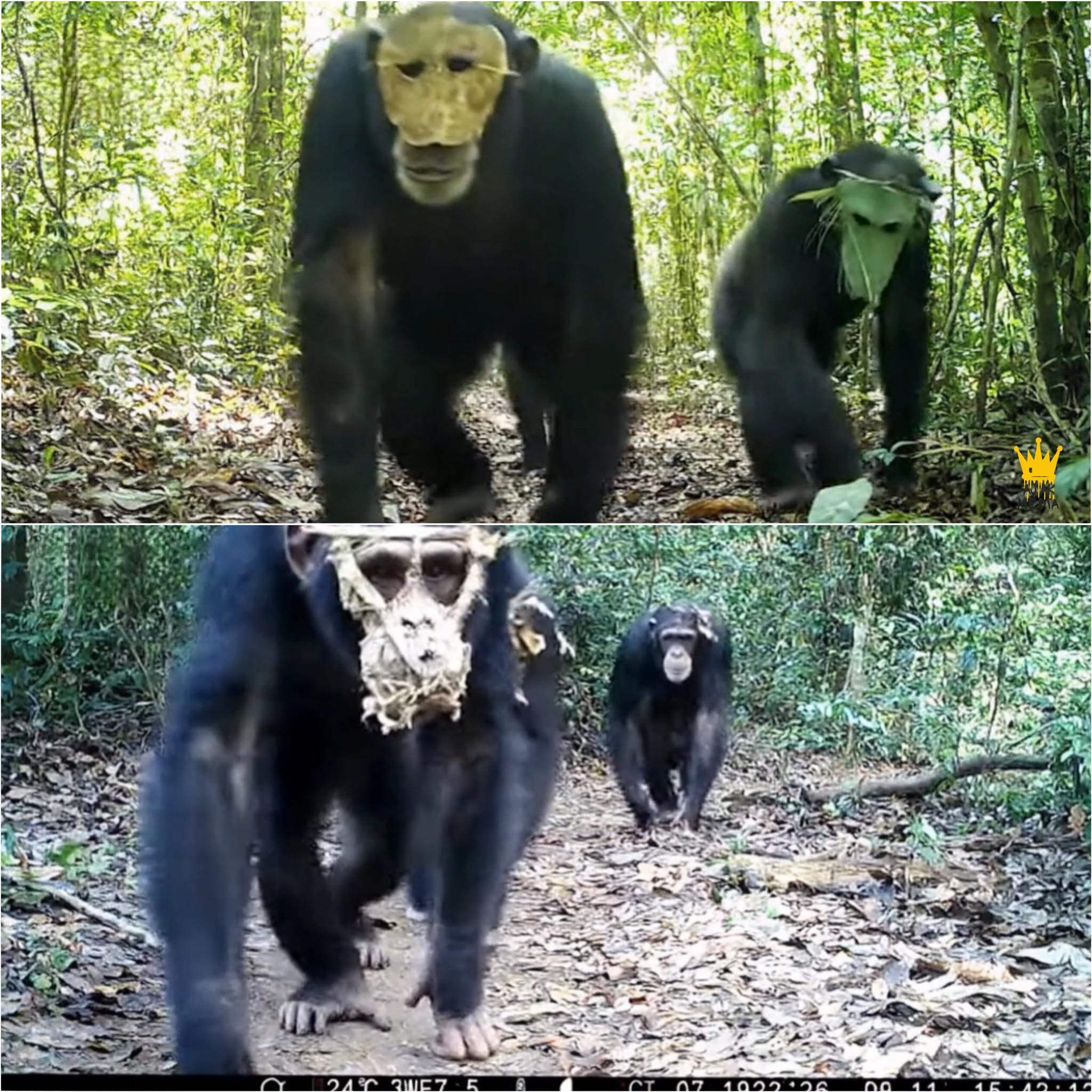
Leave a Reply